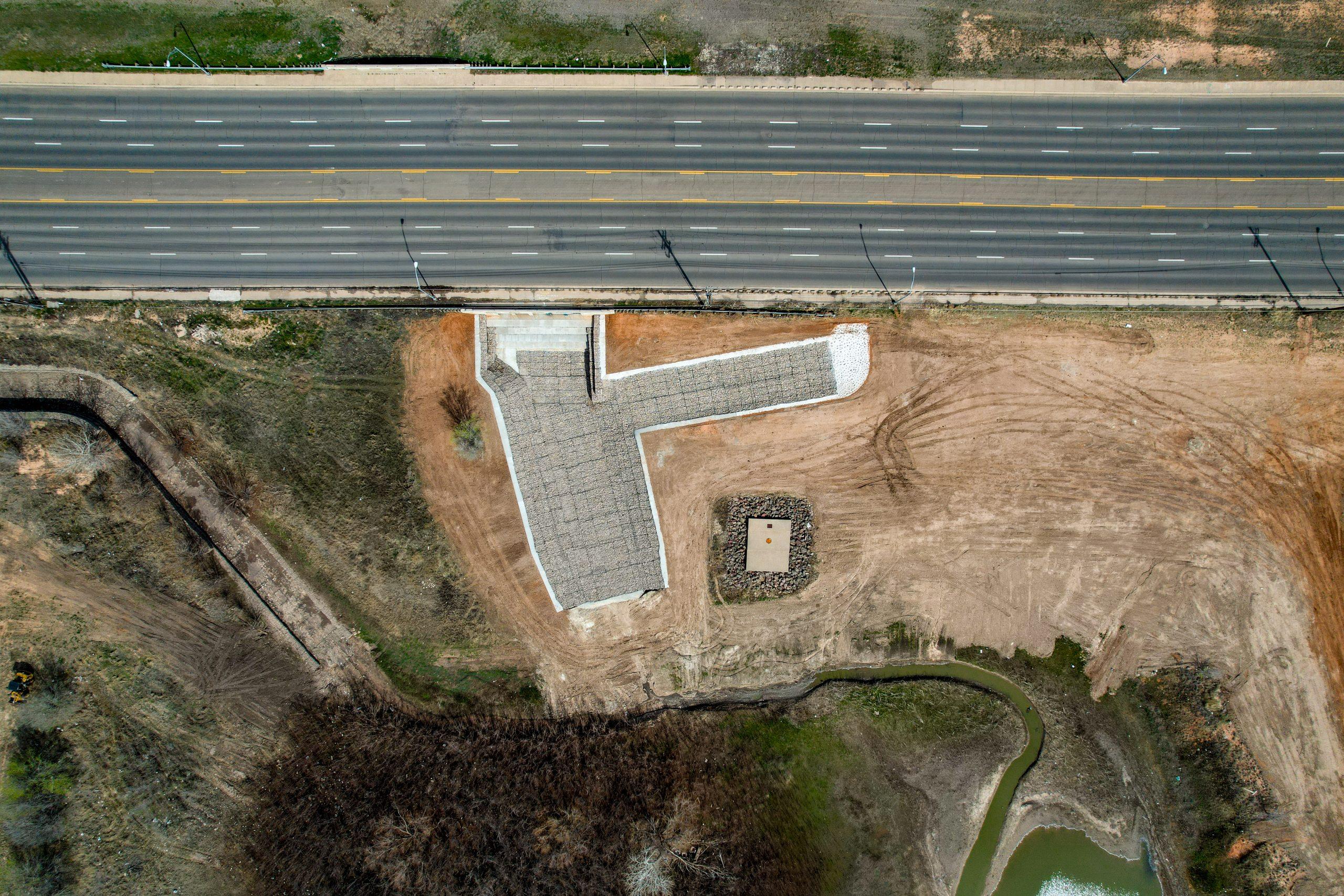Drones, once considered mere toys or tools for the military, have rapidly evolved into versatile aircraft with applications across various commercial and private industries. Understanding the emergence of drone technology—from its humble beginnings to its current state—sheds light on its documented impact and the potential it holds for future operations.
Unmanned Aircraft Origins:
The first pilotless aircraft were built, tested, and used during World War I. Britain’s Aerial Target was flown and tested in 1917. It was designed to be a remote aircraft used to attack German Zeppelins. In late 1917, an automatic airplane was flown for the United States Army. This quickly resulted in the commission to build an “aerial torpedo” and led to the development of the Kettering Bug, which was first flown in 1918. Unfortunately, the “Bug” came too late to see action before the close of WWI, yet the technology would see continuing development during the post-war period.
Post-World War I and Interwar Period:
Following World War I, the Royal Navy developed the Larynx. This was a small monoplane that could be launched from a warship and used as a “cruise missile” during engagements. It was tested extensively between 1927 to 1929. A range of unmanned aircraft would be built and tested from the early to mid-1930s by different countries to serve a variety of purposes. The United States first utilized the term “drone” to refer to remote control aerial target aircraft. Britain would be the first country to develop a camera system for unmanned aircraft for the British Air Ministry, and the Soviets would test unmanned munitions delivery to troops on the battlefield.
World War II:
The United States continued to develop radio control technology for the use of target drones and aerial torpedoes. The USAAF acquired hundreds of Culver PQ-8 and thousands of PQ-14 Cadet aircraft for conversion to target drones. The USAAF also converted a number of heavy bombers such as the Boeing B-17 and the Consolidated B-24 to remote-piloted aircraft. These bombers would be used in Operations Aphrodite and Anvil and in subsequent small combat operations. The TDN-1 was developed in 1940 and was capable of carrying a 1,000 lb bomb, but never saw operational duty. The TG-2 was produced in 1941 and in 1942 conducted a successful demonstration attack on a U.S. Destroyer at 20 miles moving 8 knots. Assault drones remained a mostly unproven concept to military planners throughout the major allied advances of 1944. Drones remained largely target aircraft of which various models were built in increasing numbers until the close of the war.
Post-World War II:
Following the Allied Victory in WWII, unmanned aircraft would continue to develop aerial reconnaissance platforms for a variety of uses. In 1946, eight B-17 Flying Fortresses were converted to unmanned drones for use in collecting radioactive data. They were used in the nuclear tests at the Bikini Atoll islands and flown from the back of a jeep directly over the explosions and into the radioactive clouds. F6-F Hellcat fighter drones were also used in a similar manner in subsequent tests. As jet aircraft entered the scene, a number of P-80 Shooting Stars were converted. Due to the complexity of the system, it resulted in very high accident rates. In the 1950s, the MQM-57 Falconer and the SD-2 Overseer would be converted to aerial photographic reconnaissance platforms. The Soviet Union would also develop a number of drone aircraft for various purposes, with the Tupolev Design Bureau manufacturing the most numbers.
Vietnam War:
Prior to the outset of the Vietnam War, the Lockheed U-2 was the only spy aircraft in operation for the United States. The venerable SR-71, known as the Blackbird, was still on the drawing board. When U-2 Pilot Francis Gary Powers was shot down over the Soviet Union, the search for and immediate need for an unmanned reconnaissance aircraft that could penetrate deep into enemy territory was realized. This need would be the birth of the secret UAV program named “Red Wagon.” A couple aircraft to emerge from the program would be the Ryan 147B and the Firebee, which would use a parachute after completing their missions and would be recovered by helicopters tasked with those missions.
War on Terror:
The use of armed unmanned aircraft arrived on the public stage following the attacks on the World Trade Center in 2001. In November 2002, a General Atomics MQ-1 Predator was used in a strike that killed Qaed Salim Sinan al-Harethi, believed to be the mastermind behind the attack on the USS Cole. During combat operations, Predators were critical as intelligence collection and target execution platforms. As the war raged on, the U.S. Air Force sought expanded capabilities and mission flexibility for it’s unmanned aircraft squadrons. In 2007, those needs were met with the deployment of the first MQ-9 Reaper aircraft. The Reaper’s were a much larger, heavier, more powerful and capable mission adaptable platform than the MQ-1. They field a Multi-Spectral Targeting System, with an integrated laser rangefinder / designator to deploy the AGM-114 Hellfire and GBU-12 Paveway II weapons systems. These weapons give the Reapers anti-armor and anti-personnel engagement capability. The entire aircraft can be disassembled and loaded into a single container for deployment worldwide by a C-130 Hercules or C-17 Globemaster. This gives the Reaper and the United States a global reach for quick deployment of unmanned aircraft systems.
The late 20th century witnessed remarkable advancements in drone and computer technology for military applications and into the private sector. The U.S-built Northrop-Grumman RQ-4 Global Hawk has emerged as the leading aerial reconnaissance platform. The unmanned aircraft can reach an altitude of 60,000 feet, has an endurance of over 34 hours, and a range of 12,300 nautical miles. It carries a range of sensors and reconnaissance technology that remain classified to this day. Remote and satellite-controlled drones became more sophisticated, capable of carrying out missions with greater precision on and off the battlefield.
Commercialization and Consumerization:
The early 21st century saw the commercialization and consumerization of drones. Small, affordable quadcopters equipped with high-definition cameras flooded the market, catering to hobbyists, photographers, and filmmakers. The introduction of “Foldable” drones in 2016 with the DJI Mavic Pro made these aircraft extremely portable and easy to deploy. This democratization of drone technology sparked a revolution in aerial photography and videography, empowering individuals to capture breathtaking aerial shots with ease. The integration of GPS technology into the public sector enabled drones to navigate autonomously, opening up new possibilities for aerial surveillance, mapping, and monitoring. Modern drones, can take off, fly a completely autonomous flight plan, avoid in-flight obstacles, and land with just a touch of a button.
Modern Uses:
As drone technology matured, its applications expanded beyond recreation. Industries such as agriculture, construction, infrastructure inspection, and filmmaking have embraced drones for their ability to gather data, monitor assets, and streamline operations. Drones have proved invaluable in disaster response, search and rescue missions, environmental monitoring, and wildlife conservation efforts, demonstrating their versatility and utility across diverse sectors.
Future Prospects:
Looking ahead, the future of drone technology holds immense promise. Advancements in artificial intelligence, machine learning, and sensor technology will enhance drones’ capabilities, enabling them to perform complex tasks autonomously and in collaboration with other drones. Beyond visual line-of-sight operations and air mobility are positioned to revolutionize transportation and logistics, while swarms of drones could revolutionize search and rescue missions and disaster response efforts.
Final Thoughts:
The evolution of drone technology—from its primitive beginnings to its current state of sophistication—reflects a remarkable journey marked by innovation and ingenuity. As drones continue to evolve and integrate into various aspects of our lives, their transformative impact on industries, society, and the way we perceive the world is undeniable. Using this technology responsibly and ethically will be crucial as we navigate the exciting possibilities that lie ahead in the era of drones.

